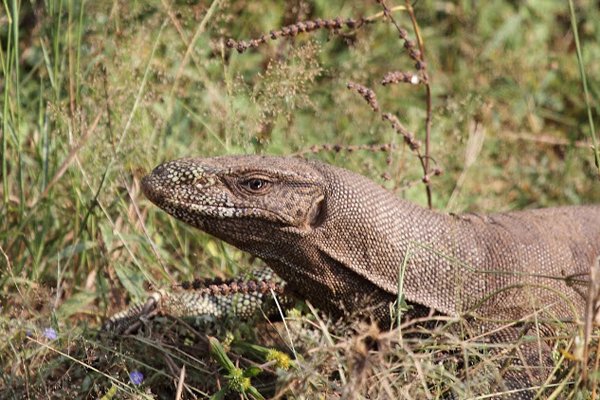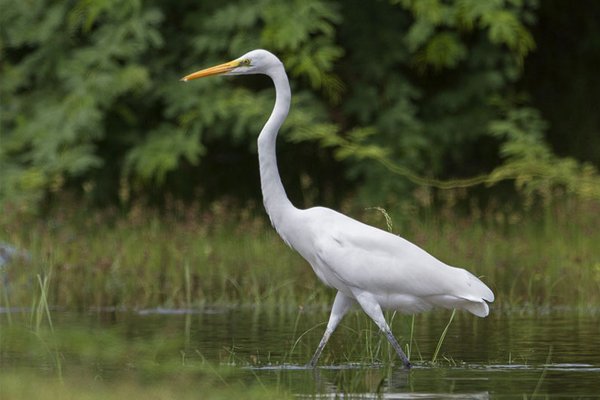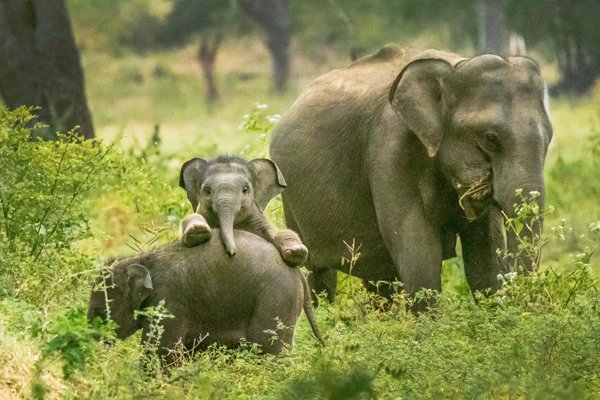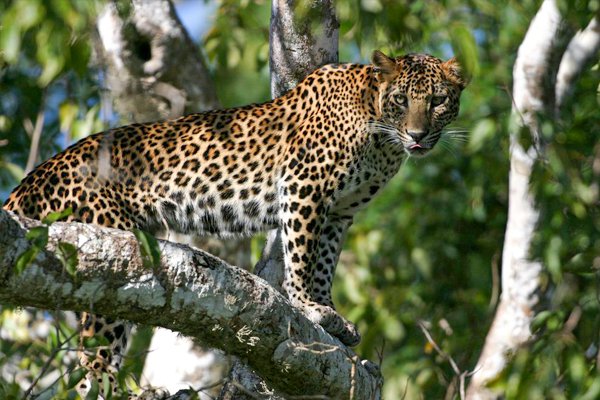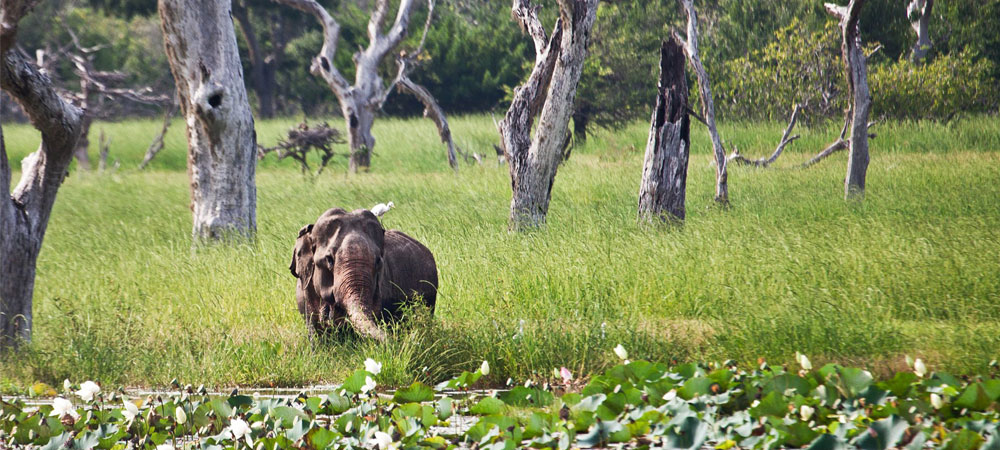
Yala National Park is located in the south eastern region of Sri Lanka and extends over two provinces of
Hambantota district of southern province and Monaragala district in Uva province. The entrance to the park
is at Palatupana, 12km from Kirinda. The distance from Colombo to the entry point of Palatupana is 305 km.
The habitats found in the park are wide-ranging, from freshwater lakes to beaches, rocky outcrops to green
plains and jungle. This creates an area of immense biodiversity and is one of the world’s most popular
destinations to spot the elusive leopard, who love to lounge on the huge granite boulders that dot the
parkland.
A rather wild and rugged area of the country, Yala has long, windblown beaches with crashing waves that make
it dangerous for swimming, many of which are backed by sand dunes and lagoons and a backdrop of forests and
plains. The experience of being on safari in Yala is virtually comparable to Africa, as you set off early in
the morning by jeep and enjoy afternoon game drives, but it also offers the added cultural element of
important Buddhist temples.
Colombo to Yala National park distance 302.3km
